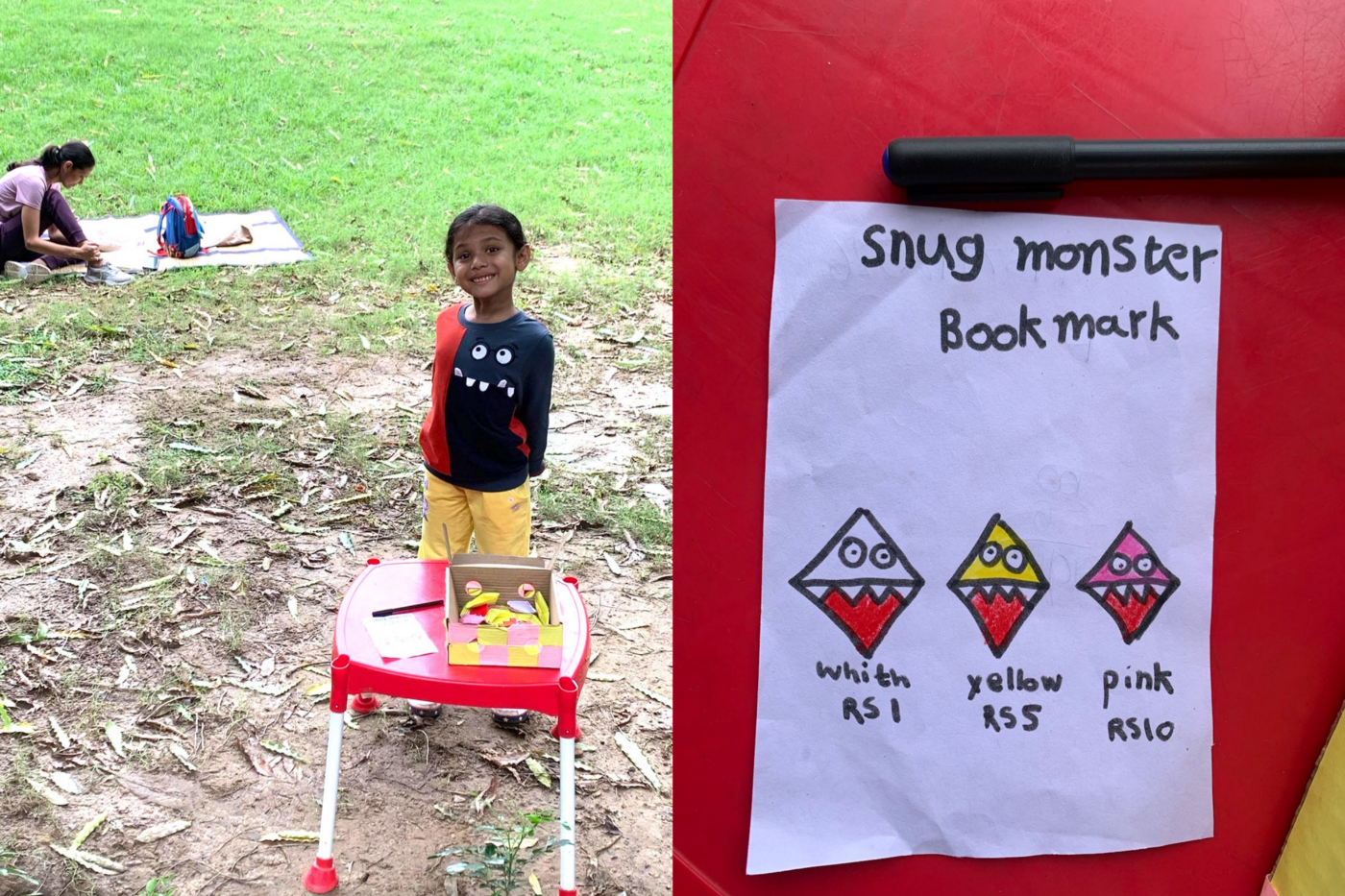
How To Teach Entrepreneurship to Children (Age 5-6)
Co-authored with Ritvvij Parrikh.
On a drizzly August day in 2021, we bought some matcha from Starbucks. The sturdy cardboard packaging caught our attention.
Our then 5-year-old daughter, Sabi, turned the discarded boxes into works of art. Within hours, she had created three rainbow-colored boxes featuring endearing monster illustrations. Impressed by her creativity, she wondered if she could turn her creations into a business.
I can start a business to sell monster boxes as decor items,” Sabi suggested.
That’s when she exclaimed, “I want to start my own business like you and sell these Monster Boxes. Wouldn’t these make good decoration pieces?”
We gently reminded her that for a product to be successful, it needs to be practical, easily sourced, and feasible for bulk production. The Monster Boxes might not fit this bill.
Though initially disheartened, Sabi’s determination didn’t waver.
After a couple of weeks, she proposed a new idea: “I love reading, and others do too. How about monster bookmarks? They’re handy!”
- How to Foster an Affinity for Reading in Toddlers (Age 1-3)
- How To Develop a Reading Habit for Children (Age 5-8)
This pivot sparked a series of developments:
Crafting the Product
By September 5th, 2021, we began experimenting with bookmark designs. Two designs stood out: a vertical tower and a snug-fit design. Sabi opted for the snug-fit model, citing its stability as the primary reason. Keeping the monster motif, she named it “Snug Monster.”
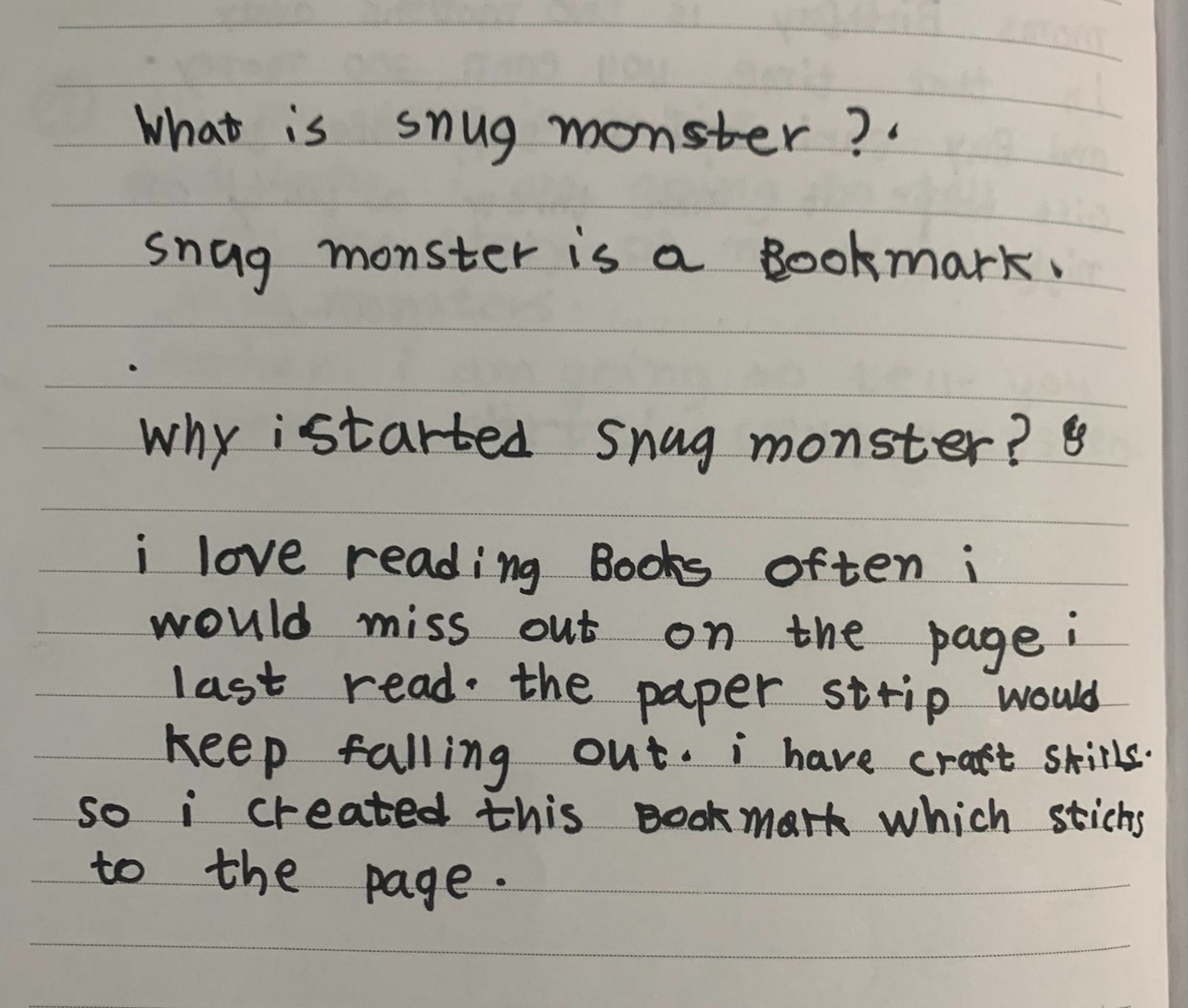
Sketching Out Ideas
We brainstormed various monster designs. While some monsters sported fierce appearances, we eventually settled on a friendly one.

From Idea to Reality
The production phase started with simple paper sheets. Sabi folded these, sketched her monster, and colored it in.

Gathering Feedback
She then sought opinions on the design and colors. Insights revealed that her peers favored yellow and pink over blue, white, and brown. She also recognized the importance of not targeting those who did not read, as they were not her potential customer base. We helped her filter feedback, emphasizing the need to stay true to her original monster theme.
She also received other feedback that we guided her wasn’t worth taking: one suggestion to expand beyond the monster theme and make bunny bookmarks, another to introduce more colors and sizes.
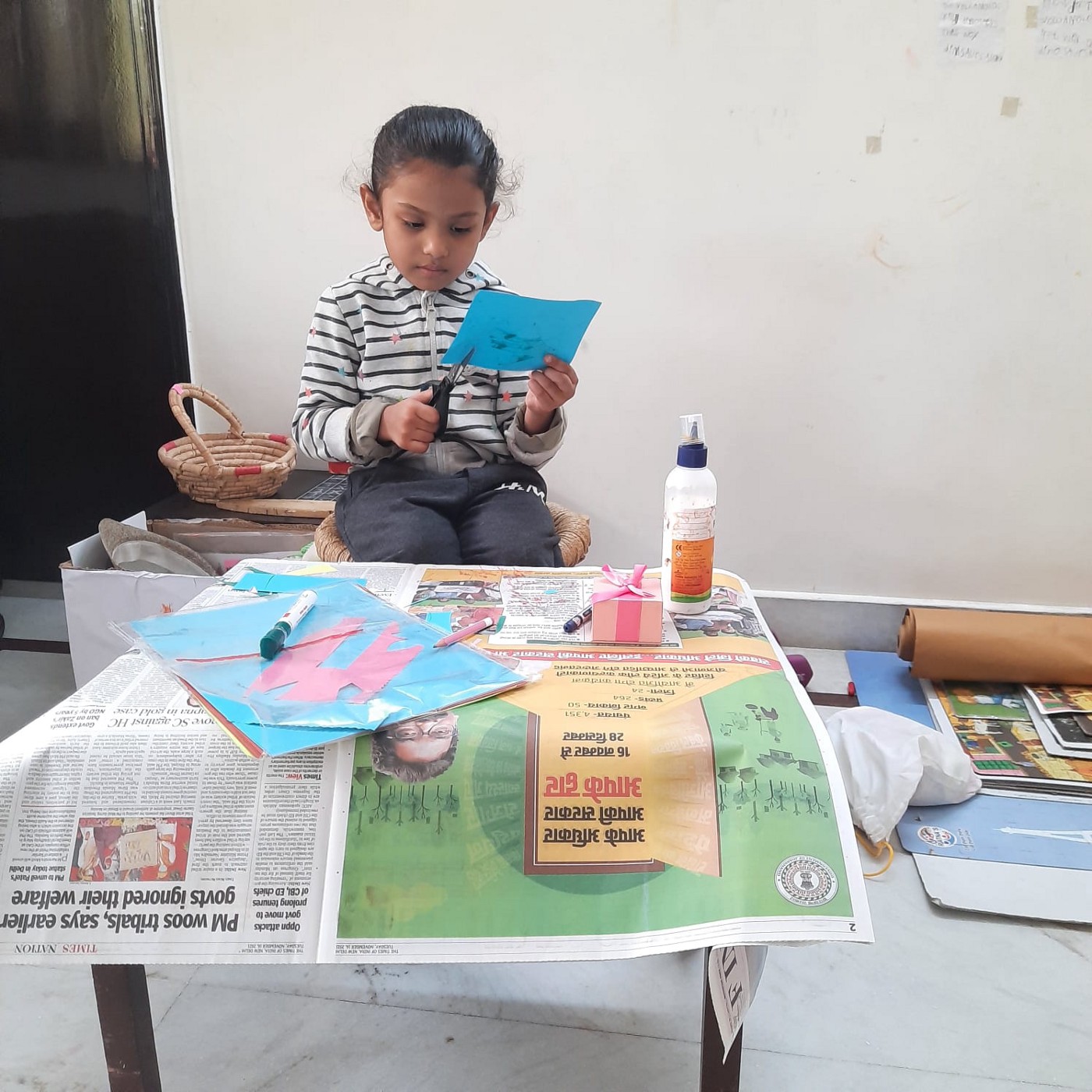
Initial Sales
Sabi sold over 40 Snug Monsters to friends, family, teachers, and acquaintances in just two months. However, her enthusiasm and success waned after this initial waned.
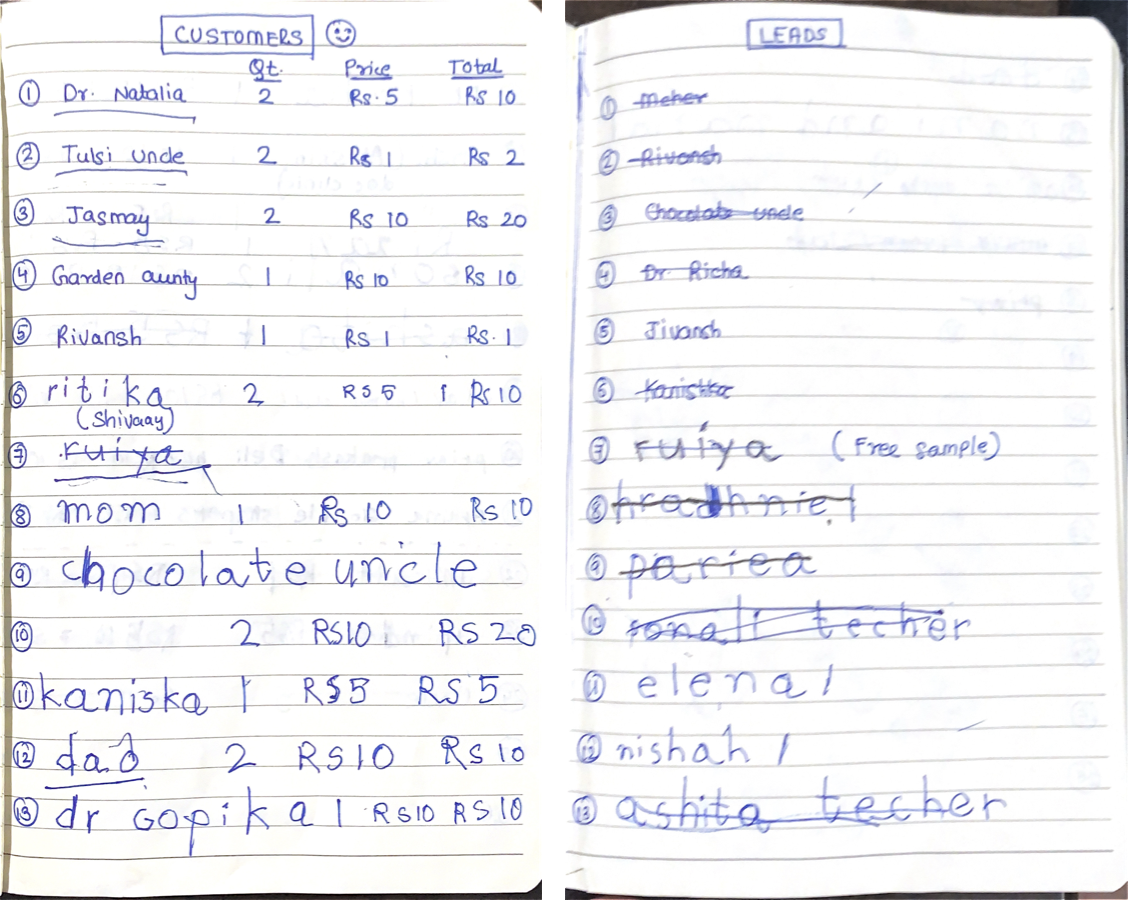
A Lull and a Resurgence
In the subsequent months, she occasionally crafted Snug Monsters, such as for family events or gifts.
- She first gifted some to her cousins for Diwali
- Later, when Dhara’s cousin got married, Sabi gifted Snug Monsters to the couple as a wedding gift.
For her sixth birthday, she prepared special return gifts for attendees: a Snug Monster bookmark, a greeting card, and a small keepsake.
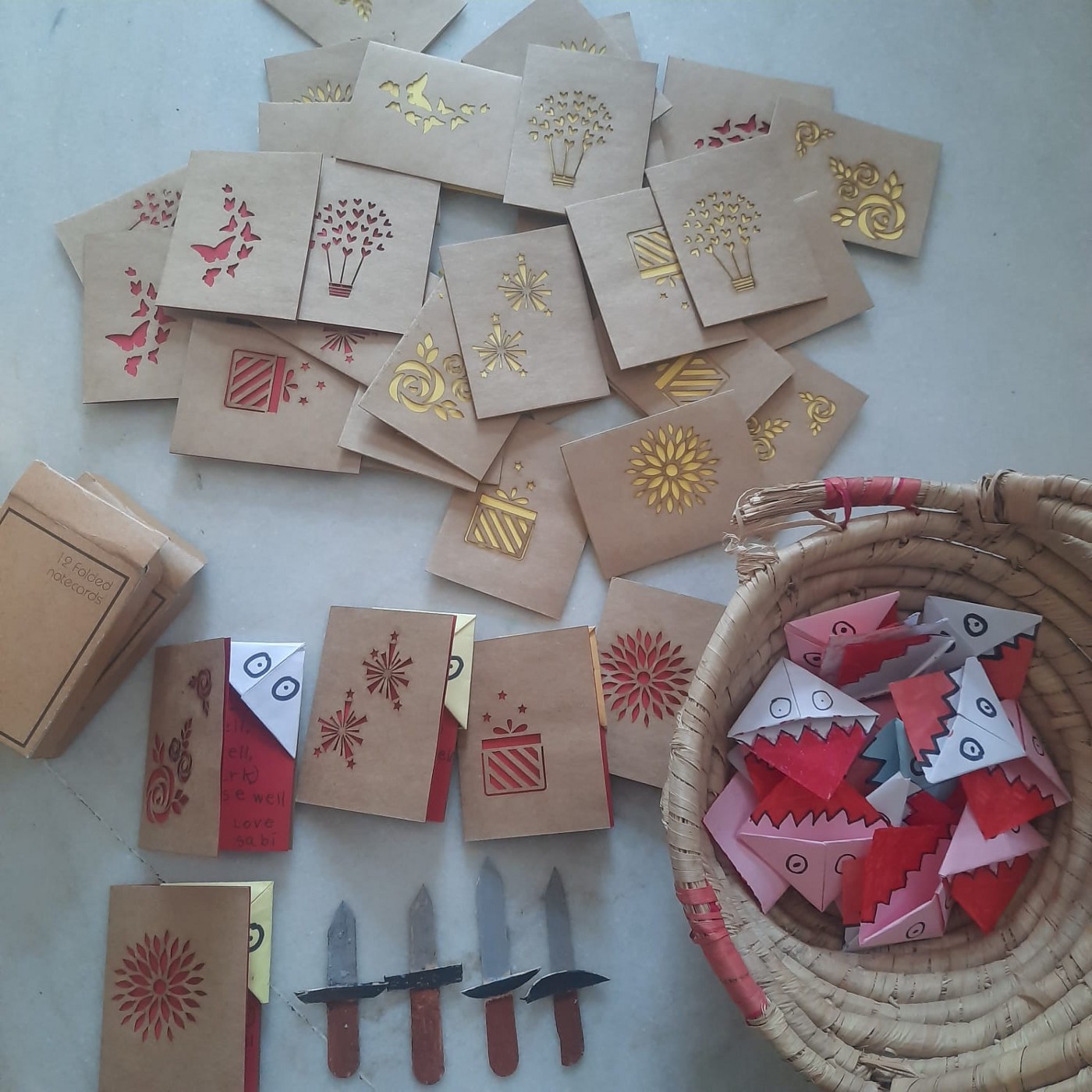

During this period, she refined her crafting process. She maximized paper usage, producing more Snug Monsters per sheet. Instead of painting, she used sketch pens and crayons, speeding up production.
However, another couple of months passed by with no action.
On that day in August 2022, the Global Shapers Community gathered for the first time in nearly two years. Representatives from hubs in Delhi, Gurugram, Hyderabad, San Francisco, and Palo Alto convened at The Quorum in Gurugram.
Dhara, the spearhead of the Gurugram hub, had to be there but she faced a dilemma due to a prior engagement. The solution? Bring Sabi along. To keep her busy, Dhara gave her a mission: sell some of her Snug Monsters.
The evening moved quickly. Each hub showcased their projects in quick presentations. And then, unexpectedly, Sabi took the spotlight. She introduced everyone to Snug Monsters.
She made ₹70 that evening. But the real win? Sabi learned she could pitch to unfamiliar faces and succeed.
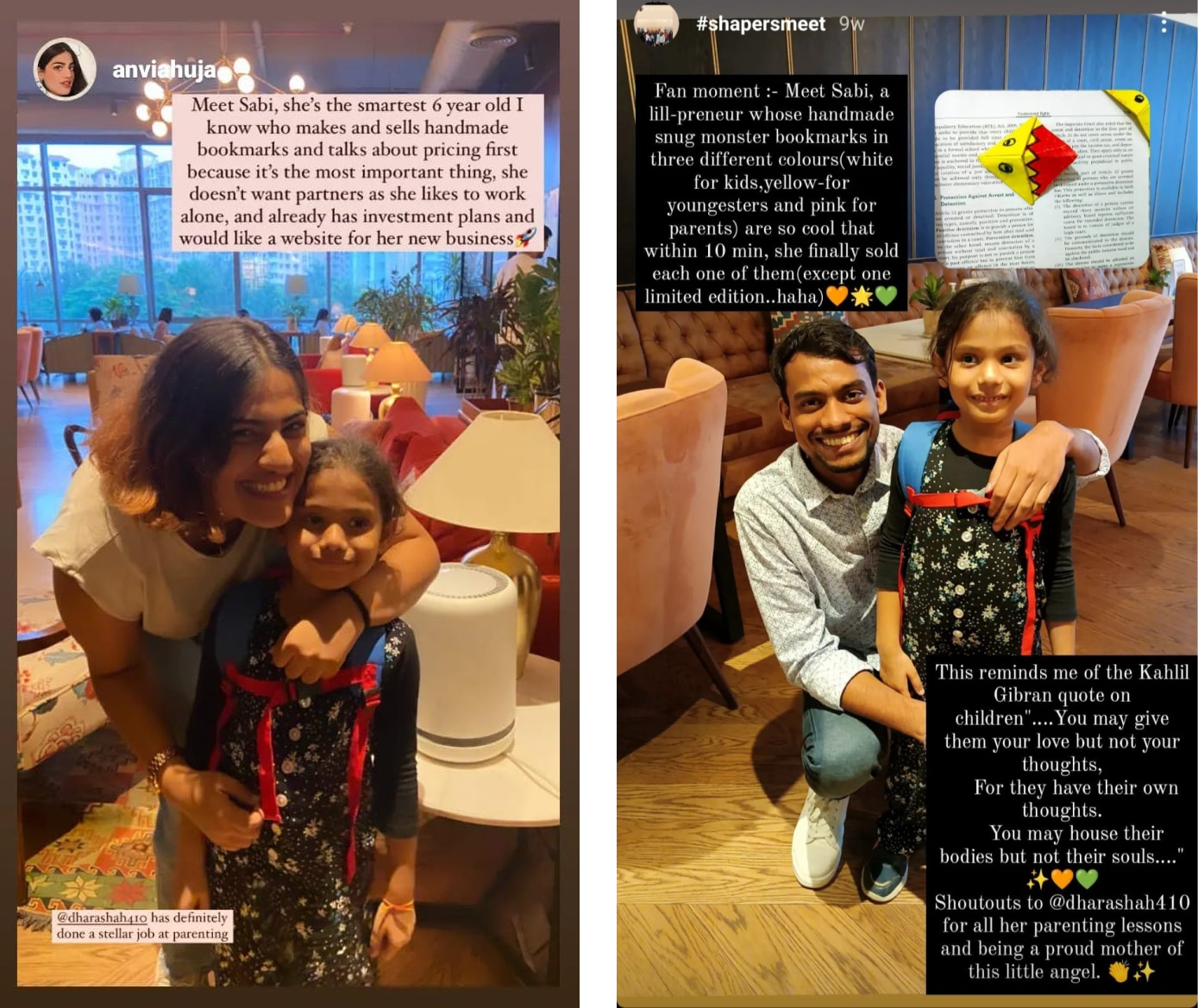
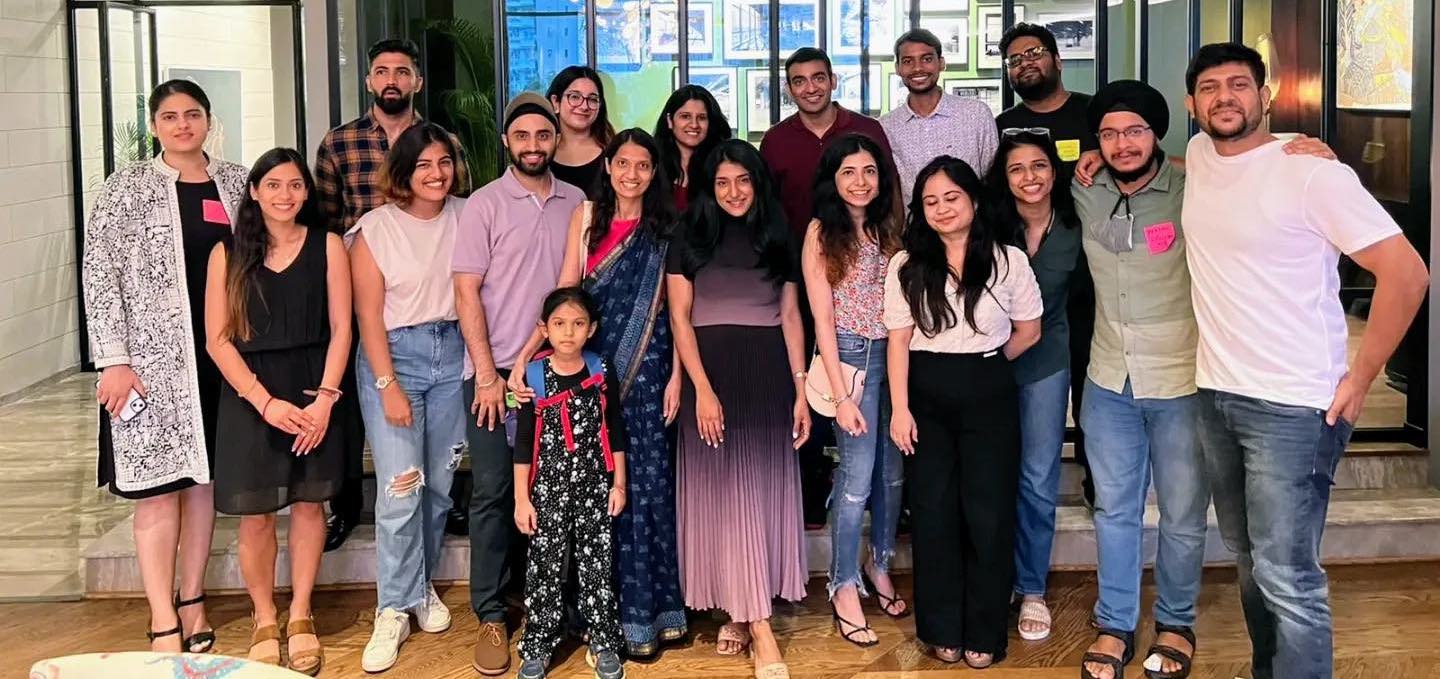
 1
1 Copied
CopiedSetting up the Shop
Since 2018, we have embraced the Japanese practice of “shinrin yoku”, basking in the nature during your regular long Sunday walks.
After selling at the Global Shapers event, Sabi decided to sell her “Snug Monsters” in the park. Over the next three weeks, she worked hard, producing 60 of these Snug Monsters.

When Sunday arrived, she was geared up. With a little help, she set up a stall in the park, complete with a poster and her products. She felt a mix of excitement and jitters.
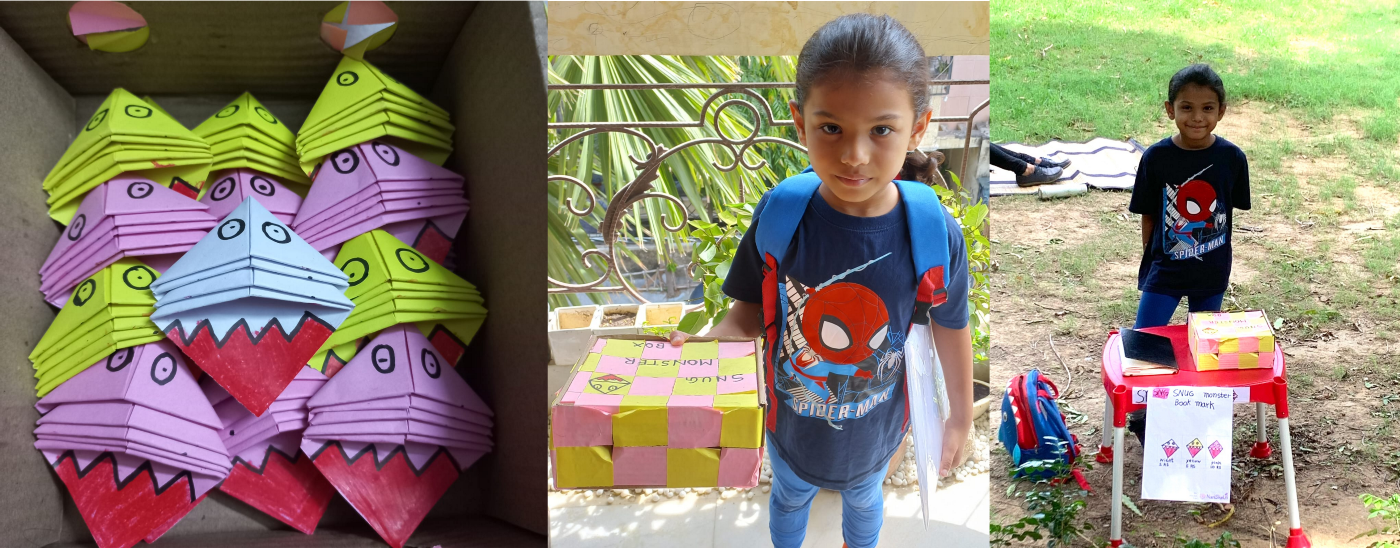
The first person to approach asked, “Hi, what’s your name?” Sabi found herself at a loss for words. When they inquired about her products, silence prevailed, and they walked away.
But she didn’t let that setback deter her. With each interaction, she found her voice. She learned that asking people, “Do you read books?” was a good icebreaker. And if they said no? Well, “Do you have friends who read books?” was her follow-up.
By the end of that day, she had made ₹750 from her sales. Not bad for a first go, right?
 1
1 Copied
CopiedShop experience on Sep 18, 2022
By the next Sunday, Sabi wanted to be ready. She had received questions from potential customers that she hadn’t anticipated:
- How did you set the bookmark prices?
- Why are there three different price tags?
- What does the “Snug Monsters” name mean?
- Why did you make Snug Monsters?
- I don’t have cash, how should I pay you?
- What are your plans for the earnings?
- Will you be here every weekend?
She jotted down these common questions in her journal and worked out responses. She realized most of her buyers were grandparents shopping for their grandkids, young parents, and people from other countries.
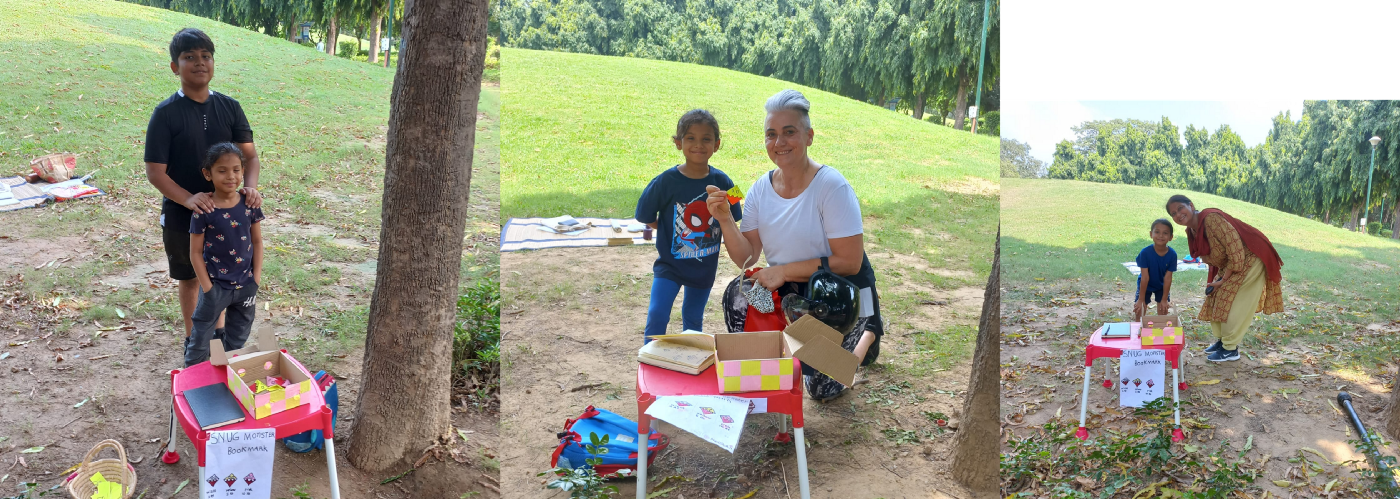
A few buyers even gave Sabi a shoutout on social media.
 Copied
CopiedWhy We Supported Her Endeavor
- Sticking to one thing: Kids often jump between ideas. Along with Karate and reading, Sabi now had another topic — Snug Monsters — to build focus on.
- Journaling: The Snug Monster project required her to maintain notes, track sales, and remember customer details.
- Forward Planning: Sabi learned to prepare for demand by producing 100 Snug Monsters every week in advance.
- Putting in the work. She needed to sit in one place and endure the boredom of repetitive tasks to manufacture her 100 Snugs. Similarly, selling can be a mundane task too. She needed to repeat the same pitch every single time.
- Accepting rejection: Selling wasn’t always smooth. Facing rejection helped her develop grit and perseverance.
- Practical Math Application: Handling sales and returns improved her arithmetic skills.
How she is spending the money
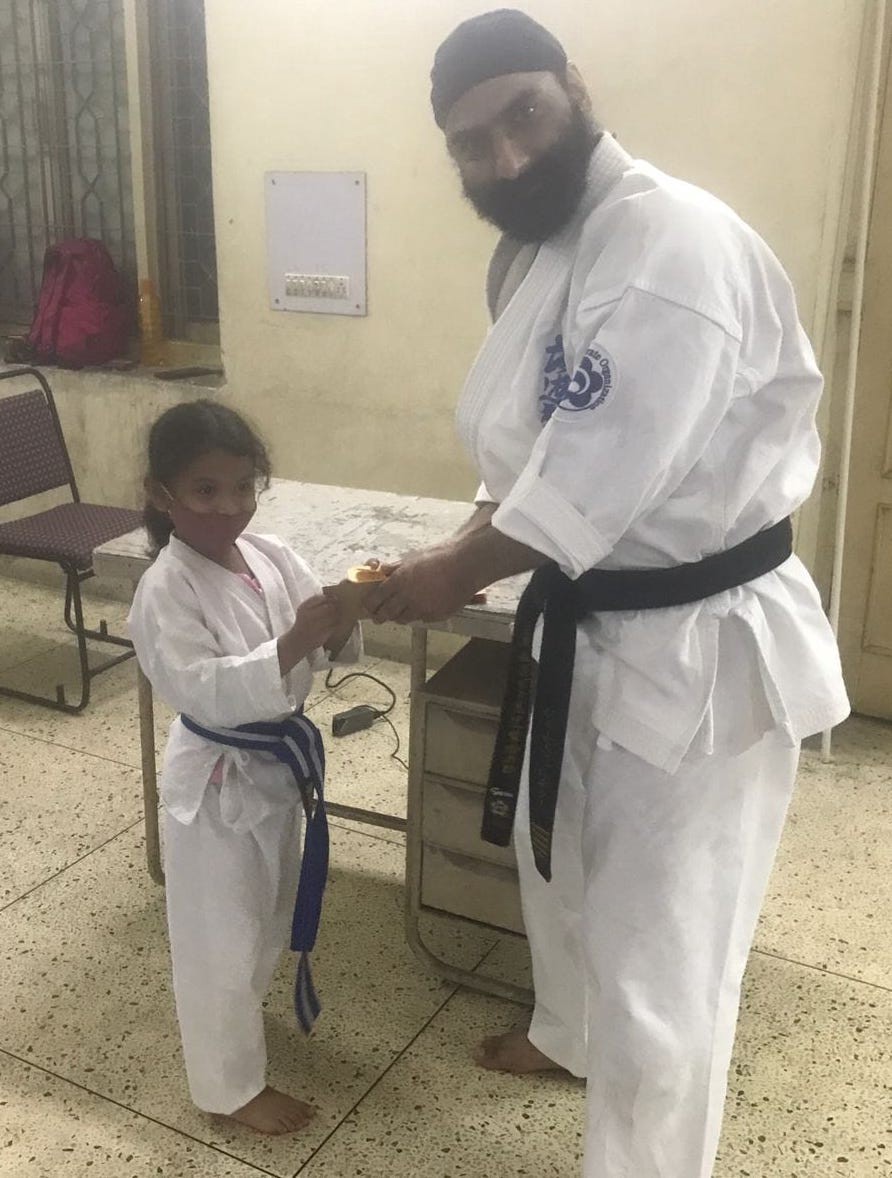
Till date, Sabi amassed ₹3000, with a consistent monthly revenue of ₹2000.
She has decided to contribute to her karate class fees, demonstrating a responsible approach to money management.


